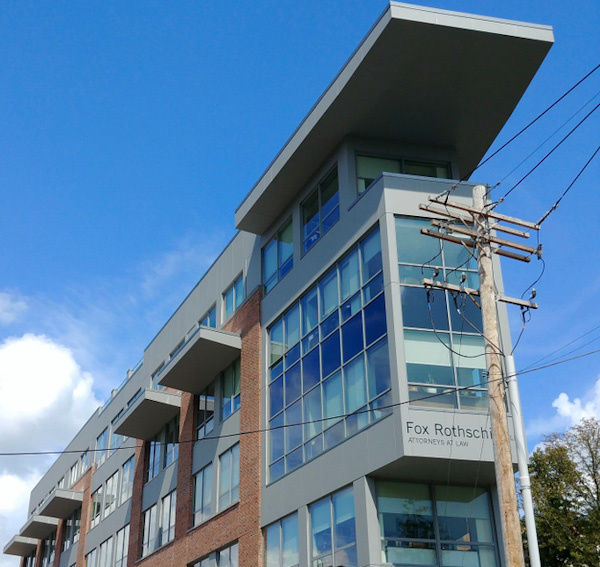As murders increase nationwide, US attorney links Chicago violence to release of dashcam video
Release of dashcam video of the police shooting of Laquan McDonald set in motion a chain of events that partly explains the increase in gun violence in Chicago, according to the top federal prosecutor in northern Illinois.
In a speech to the City Club of Chicago, U.S. Attorney Zachary Fardon said three events after the video release harmed the morale of police, making them less willing to conduct stops, the Chicago Tribune reports. “Some gang members apparently felt that they could get away with more, so more bullets started flying,” Fardon said.
Chicago police officer Jason Van Dyke has been charged in the shooting of McDonald after release of the dashcam video showed Van Dyke firing at McDonald as he walked away with a knife in his hand.
Fardon said the video led to the firing of the police superintendent, a Justice Department investigation, and a new requirement that officers fill out lengthy forms when they stop suspected gang members on the street. Those three events resulted in “a hit on CPD morale,” he said.
FBI Director James Comey has made a similar point. He says police officers may be more reluctant to get out of their patrol cars and confront suspects because of fear they will be videotaped and criticized.
Chicago had 411 murders in 2014, 478 in 2015, and more than 500 so far this year, the New York Times reports in a story on FBI crime statistics.
Chicago Mayor Rahm Emanuel has announced a plan to hire nearly 1,000 police officers over the next two years, the Chicago Tribune recently reported. A previous Tribune story said violence is more rampant because of a change in gang structure—gangs are small and leaderless compared to the large gangs of the past—and the rise of social media insults that lead to violence
Fardon spoke as new FBI statistics show murders in the United States increased 10.8 percent last year and violent crime increased 3.9 percent, according to the Times and the Wall Street Journal (sub. req.) Chicago is among a handful of major cities that are “fueling the surge in murders,” the Times says.
University of Missouri at St. Louis criminologist Richard Rosenfeld told the Wall Street Journal that the “Ferguson effect” may have made members of poor and minority communities more reluctant to help police solve crimes. The rise in crime “is concentrated in certain large cities where police-community tensions have been notable,’’ Rosenfeld said.
In an interview with the Times, Rosenfeld said priority needs to be given to improving police and community relations.
Despite the increase in crime last year, the murder rate in 2015 was still lower than in 2009, Fordham University law professor told the Wall Street Journal. “It’s not a giant rollback of things—2015 is the third-safest year for violent crime since 1970,’’ Pfaff said.



